You can add garlic, basil, oregano, parsley, thyme, rosemary, and sage to your lasagna sauce. All of these herbs can be added to the sauce in the beginning or towards the end of the cooking process.

When making lasagna, a delicious Italian dish, it’s important to know what spices to put in the sauce.
Spices are the perfect complement to this dish and are easy to incorporate into any recipe.
Just a few added spices can take your lasagna from delicious and hearty to fantastic and filling.
Here is a list of nine spices that should be included in your lasagna sauce.
Read Also: Lasagna Wine Pairing – The Best Wines for Lasagnas
What Spices to Put in Lasagna Sauce: 9 Best Spices
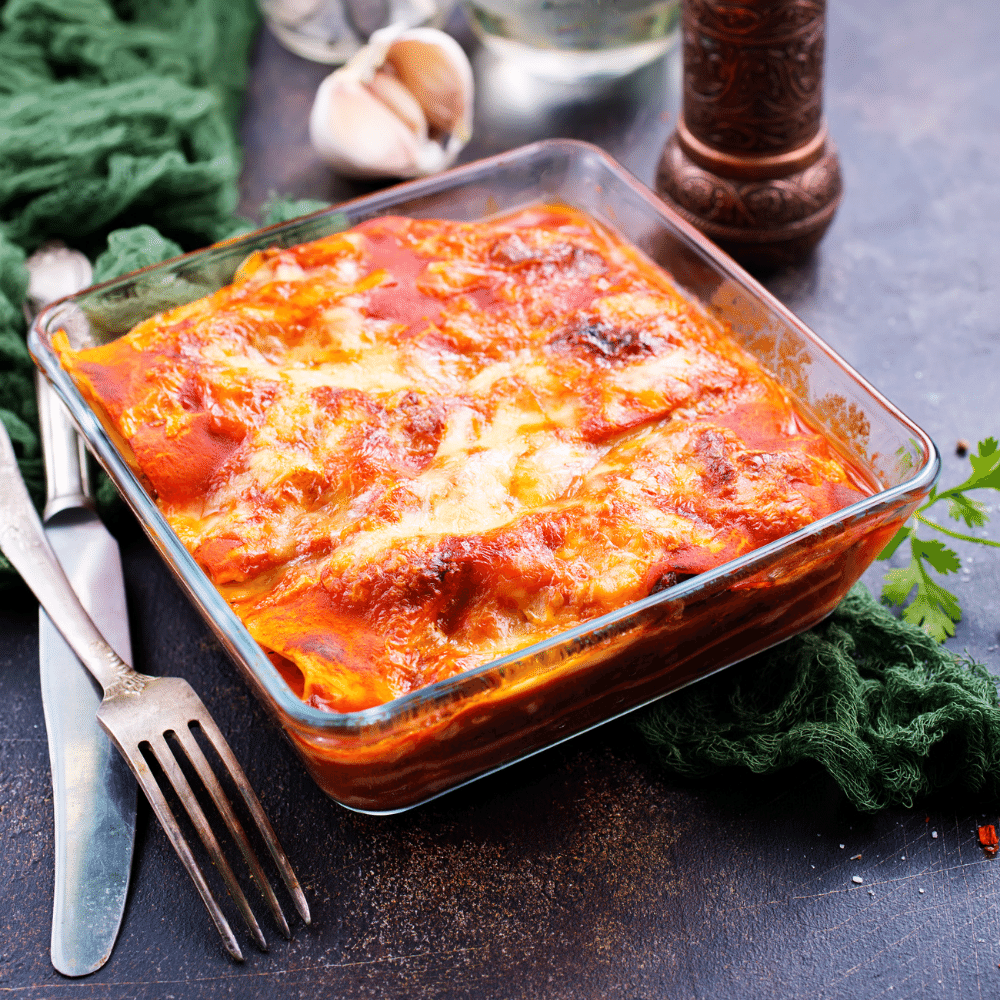
If you want to make lasagna, then the first step is knowing which spices to put in lasagna sauce.
Italian cuisine isn’t typically known for its spices — Italian food is all about subtlety and natural flavors.
But a bite of lasagna reveals the use of some strong spices.
From basil to pepper, these unique flavors can add a new twist to this old favorite.
1. Basil

I like adding basil to my sauce because it’s a great way to add a little extra flavor and just the right amount of spice to your dish.
I love it because it adds just the right amount of heat without being too spicy.
2. Oregano
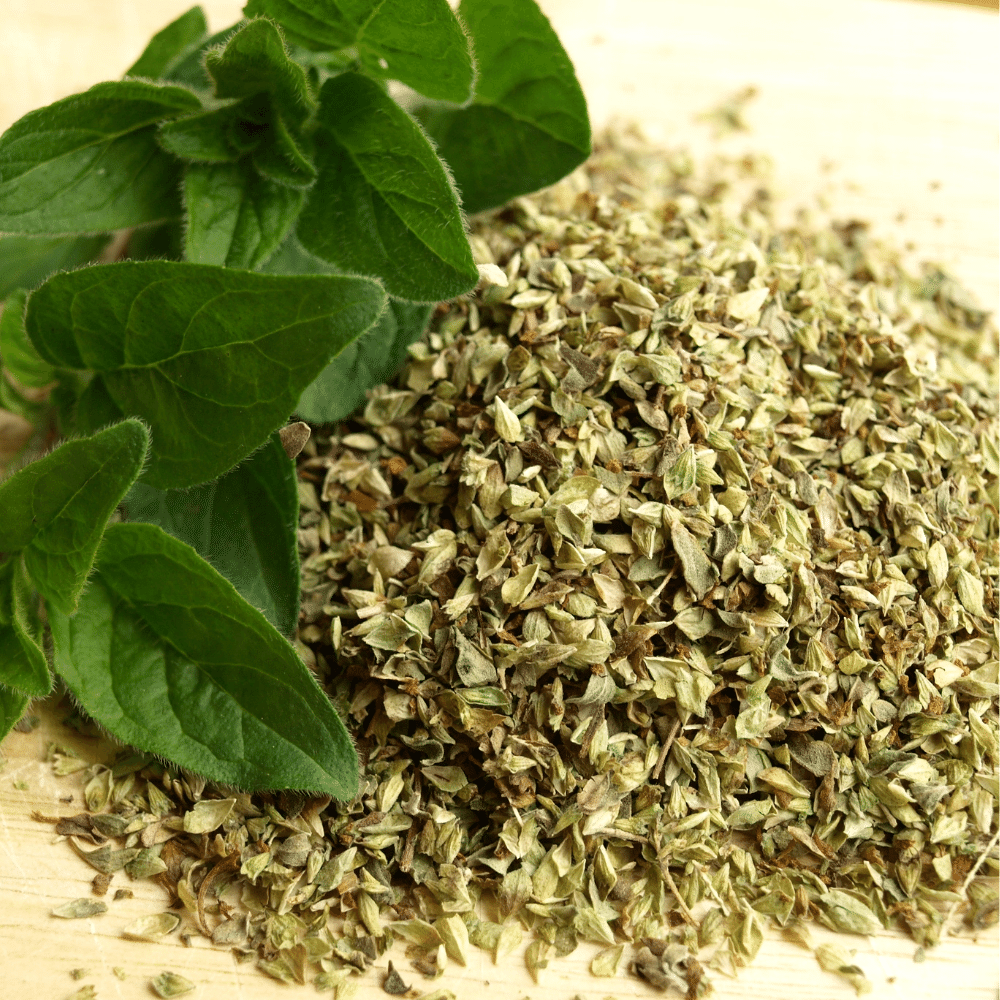
Oregano is a great spice to have around the kitchen.
It’s got a nice, subtle flavor that adds a little bit of extra something to the dishes you make with it.
Lasagna is no exception!
When you add oregano to your lasagna sauce, you get an earthy, aromatic note that brings up the flavors in the other spices and ingredients in your sauce, like basil and garlic.
And if you’re going to add one spice, why not add both?
Oregano and basil go together like peanut butter and jelly.
If you need something that adds a little bit of zing without being overpowering, oregano is your spice!
3. Paprika
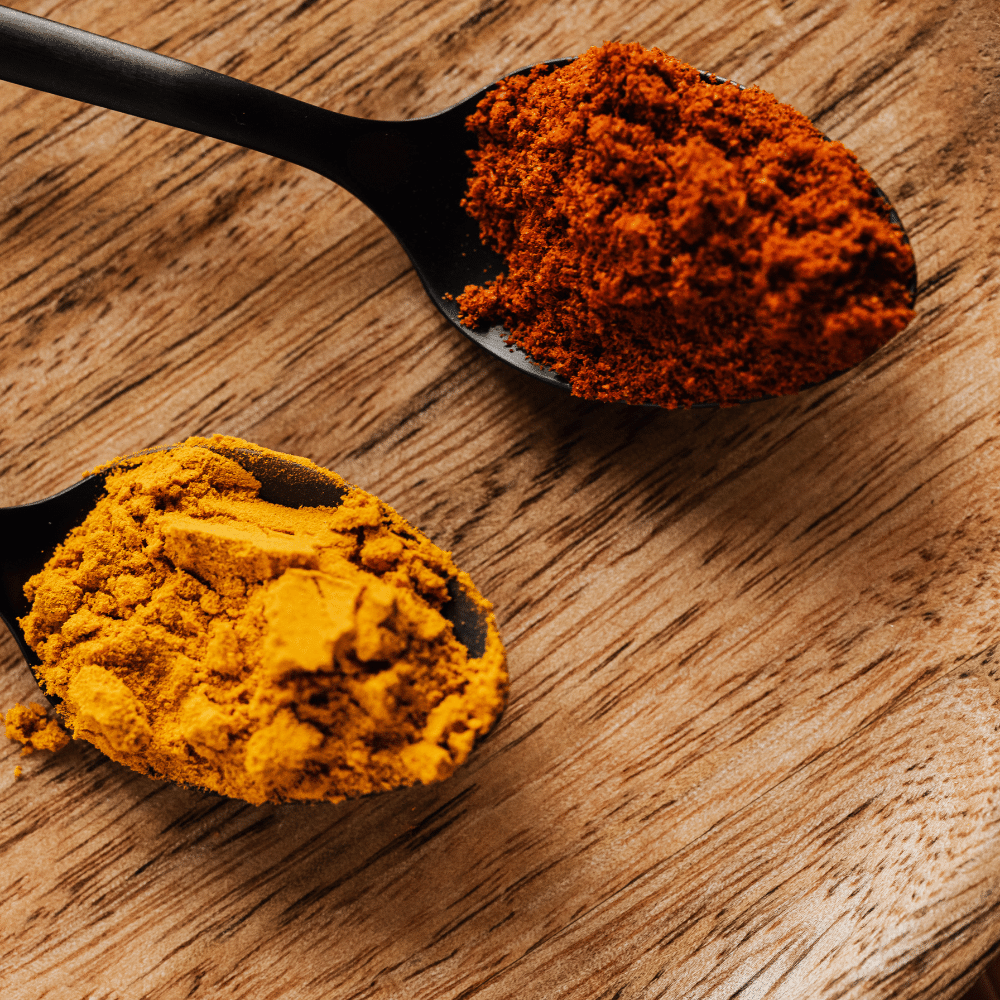
Making a homemade lasagna sauce is a fun way to get creative with your next meal.
It also gives you the chance to personalize a dish that might otherwise taste just like everyone else’s.
The best way to accomplish this is to add spices that you like, and maybe some that you haven’t tried before.
Paprika is one of those spices that is easy to overlook but packs some serious flavor when added to lasagna sauce.
You can use sweet or hot paprika, depending on how much of a kick you want your sauce to have.
Paprika also adds a beautiful red hue to your sauce and tastes delicious on top of pasta or even sprinkled on top of noodles.
4. Garlic powder
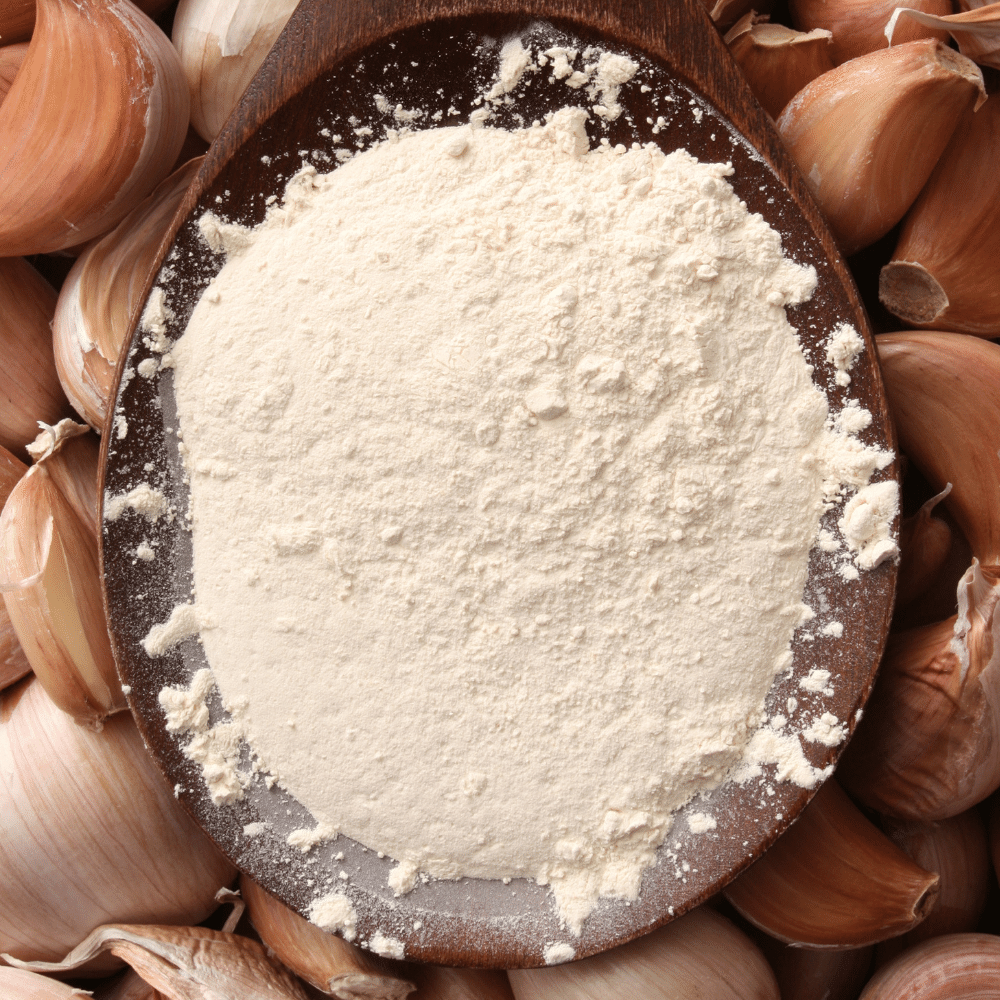
Garlic powder is a great spice to add to your lasagna sauce.
Garlic powder is actually made from ground, dehydrated garlic that has been reduced to a powder form.
The flavor of garlic powder varies depending on where the garlic was grown; garlic from China may have a different flavor profile than that grown in California, for example.
Most chefs prefer to use domestic garlic in their recipes because they believe it has a better, more robust taste.
How do you add it?
Garlic powder should be added during the “simmering” stage of the sauce-making process.
If you add the powder too early, it will burn and become bitter; too late, and it won’t have time to blend into the sauce and will end up tasting chalky or gritty.
When you are ready to add garlic powder, simply sprinkle one teaspoon over your simmering sauce, give it a stir, and let it cook for at least five minutes before serving.
5. Cayenne pepper

Cayenne pepper is a great addition to a lasagna sauce for a variety of reasons.
First of all, it’s a spice that’s easy to come by. Most grocery stores carry it, and it’s not expensive.
Plus, you can keep cayenne pepper in your pantry for months without worrying about it going bad or losing its flavor.
Another reason cayenne pepper is great in lasagna sauce is that its heat adds another dimension to the dish.
It gives you something besides the cheese to look forward to!
You’ll be surprised how the heat of the cayenne contrasts with the richness of the other ingredients in the dish – and gets your taste buds dancing!
Try adding some cayenne pepper to your next batch of lasagna and let us know what you think!
6. Onion powder

The addition of onion powder to your lasagna sauce is a game changer—sweet, savory, and just the right amount of bite.
Here are a few reasons why you should spice up your lasagna with some onion powder:
It adds a unique flavor
Onion powder is one of those spices that seems a little odd on its own, but when paired with the right ingredients it adds something special.
The subtle sweetness adds depth to the tomato-based sauce and complements the earthy oregano and basil.
It makes things easier
Using onion powder instead of chopping an onion saves time and avoids tears!
Plus, if you have kids who are helping cook dinner, they can measure out the amount of onion powder that the recipe calls for much more easily than they could chop an onion.
It brings out other flavors
Onion has a chemical composition that actually enhances the flavors of other ingredients.
So even though you might not taste the distinct onion flavor in your finished product, it will still bring out the best in all your other ingredients!
7. Parsley

I love parsley for its versatility.
You can put it in your lasagna sauce, obviously, but you can also sprinkle it on top of your finished dish before serving.
If you’re really into herbs, you could make a fresh pesto out of it and mix that with ricotta cheese to go into the middle layer of your lasagna.
The best thing about parsley is that it goes so well with other herbs like oregano and basil, so experimenting with those combinations is loads of fun!
8. Thyme
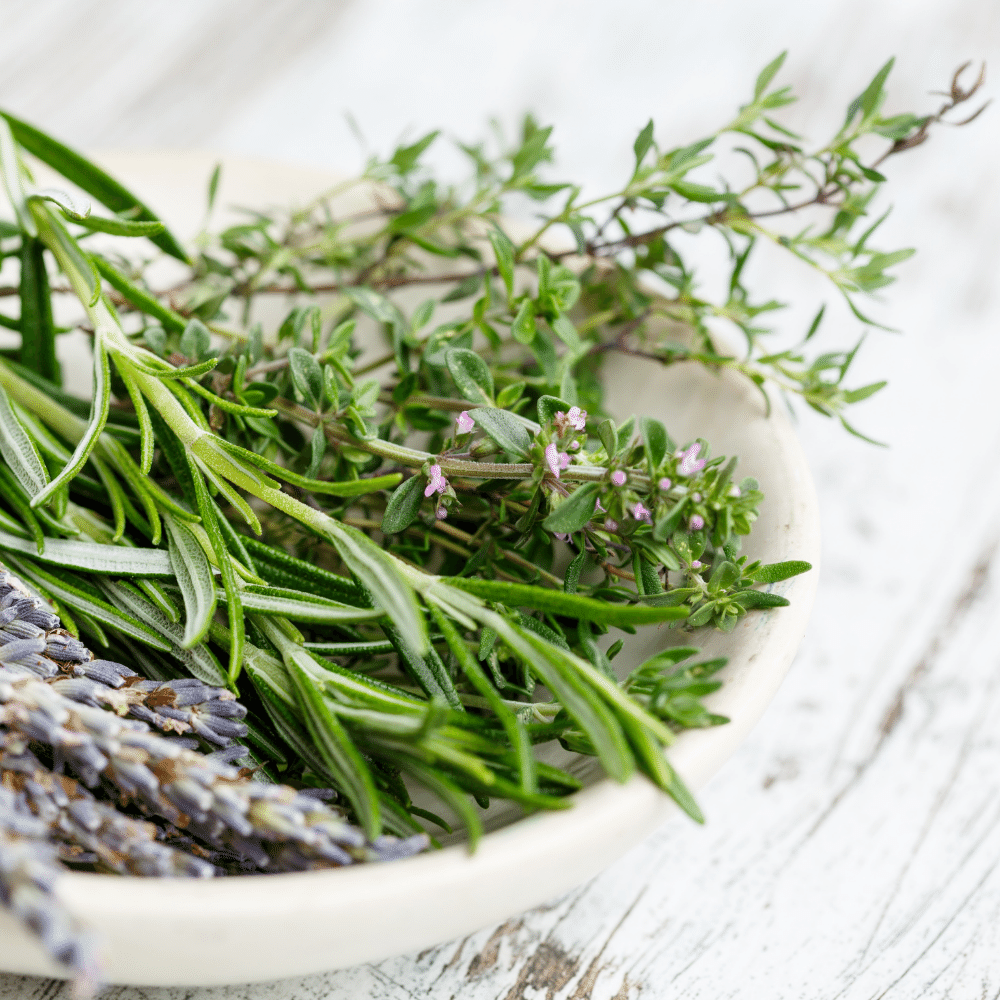
Thyme goes well in lasagna sauce because it adds a fresh and lively taste to the sauce.
Thyme is a herb that has an aromatic fragrance, which is why it’s used in lasagnas.
Also, thyme is a good source of vitamin C and iron.
Vitamin C helps your body absorb iron from plants, which helps you get nutrients from the herbs that you eat.
9. Rosemary

If you’re looking to add some additional pizzazz to your lasagna sauce, rosemary is a great place to start.
This herb gives sauces a lovely fresh taste and it’s also very easy to procure.
Depending on where you live, you may be able to find this herb growing wild in your neighborhood, or you can also plant it in your garden.
If neither of these options seem viable, rosemary is also sold in most grocery stores.
One of the best features of rosemary is its versatility.
This herb goes well with many different types of food—from meats such as chicken and pork, to vegetables such as potatoes and onions.
The reason for this is because rosemary has savory flavor profile that complements a variety of other flavors.
Adding rosemary to lasagna sauce will give it some zing without overwhelming any other tastes that you might want to include in your dish.
You can also use rosemary in other dishes besides lasagna if you want!
4 Things to Consider when Adding Spices to Your Lasagna

Lasagna is one of those classic dishes that can be made a million different ways, and the beauty of that is that with the right combination, there’s no limit to how delicious it can be.
However, when it comes to adding spices to your sauce, you need to know a few things about the ingredients you’re working with in order to get the best result.
1. What Kind of Cheese Are You Using
When making lasagna, one of the most important questions to answer is: what kind of cheese are you using?
The reason this is such a key question is because it will guide all the other decisions about your dish.
For example, if you’re using a sharp cheese like cheddar or gouda, you may want to use spices that are known for their ability to balance out acidity and tanginess, such as basil and oregano.
If you’re using a milder cheese like mozzarella or Parmesan, you’ll likely want to play up the notes in your sauce and your meat by experimenting with spices that bring out a fuller flavor profile, like chili powder and red pepper flakes.
Whatever cheese you choose, make sure it’s high-quality!
2. The Thickness of The Noodles
When cooking lasagna, it’s important to consider the thickness of your noodles.
If you’re using thick noodles, you should add more spices to your sauce so that the flavor is more noticeable.
If you’re using thin noodles, you can use less spices.
That way, the flavor won’t be too intense for such a thin noodle!
3. How Much Sauce You’re Using
Spices are powerful, so depending on how much tomato sauce you’re using, you might not need as much spice as you think. You don’t want to overpower the delicate balance of flavors in your lasagna.
A great way to check your flavor before baking is to take just a tiny amount of sauce and let it cool on a plate. Then taste it and see if it needs anything. You should always do this with the spices because they will taste different once they’ve been cooked in a hot environment like an oven.
4. Are You Baking It? how Long? What Temperature?
- Will you be baking it? If so, make sure to add the spices before baking! They will have time to incorporate into the dish.
- What temperature will you be baking at? The higher the temperature, the faster your food will cook. That means that if you’re cooking your lasagna in an oven set to 450°F, it’ll probably be done in 30–40 minutes, which is not enough time for spices to fully develop their flavor.
- How long will you be baking it? If you’re planning on making a cheesecake instead of lasagna (we can always dream), or you’re going for a really slow-baked dish, you should definitely add your spices earlier than if you were just making some spaghetti sauce.
FAQ
Why Do You Add Nutmeg to Lasagna?
Here are a couple of reasons why many recipes recommend adding nutmeg to your lasagna sauce:
First, nutmeg is a commonly used spice in Italian cooking, so it may be more of a cultural thing to toss it into your lasagna than anything else.
If that’s the case, feel free to keep using it!
Second, some people believe that nutmeg has a natural sweetness that adds a subtle undertone of flavor to the dish.
And lastly, other people argue that it’s actually the deep orange color of nutmeg that makes it great in lasagna—that orangey red looks great when mixed with other ingredients and creates a richer color palette overall.
How Do You Make Lasagna More Moist?
There are several ways to ensure that your lasagna comes out extra moist.
First, try making a meat sauce with ground beef, sausage, and/or turkey.
These meats tend to be juicier than others, and will add moisture to the dish.
Next, don’t use jarred spaghetti sauce!
Making your own marinara will help keep the lasagna extra moist.
Also, consider covering the lasagna with foil for half of its baking time.
This will trap in extra moisture so that the lasagna doesn’t dry out as much during baking.
If you want to get really fancy, you could also try adding a béchamel (white) sauce: simply melt butter in a pan then whisk in flour until it’s smooth and golden.
Add milk gradually while whisking vigorously to avoid any lumps.
Cook for about 5 minutes or until thickened then season with salt and pepper and fold into your filling before baking!

What Spices to Put in Lasagna Sauce: 9 Best Spices
Ingredients
- Basil
- Oregano
- Paprika
- Garlic powder
- Cayenne pepper
- Onion powder
- Parsley
- Thyme
- Rosemary
Instructions
- Pick any of these tasty spices to put in your lasagna sauce.
- Prepare the rest of your meal.
- Be ready to serve in no time!
Hi, I'm Benjamin. I love cooking, long walks, and my girlfriend! Here you’ll find simple and delicious recipes that you can make in 30 minutes or less.

